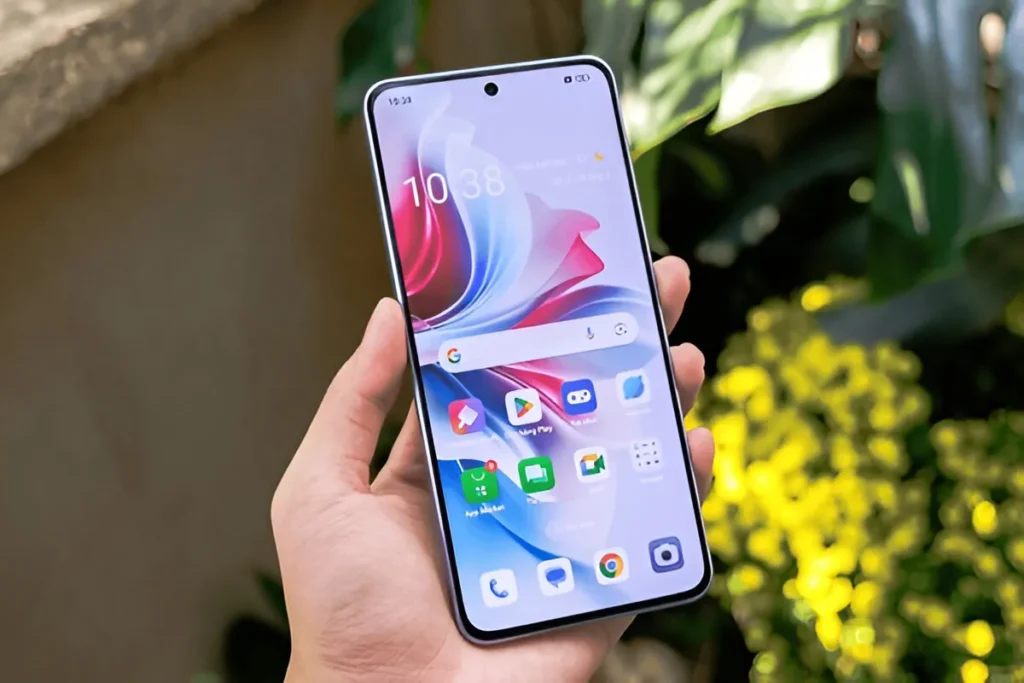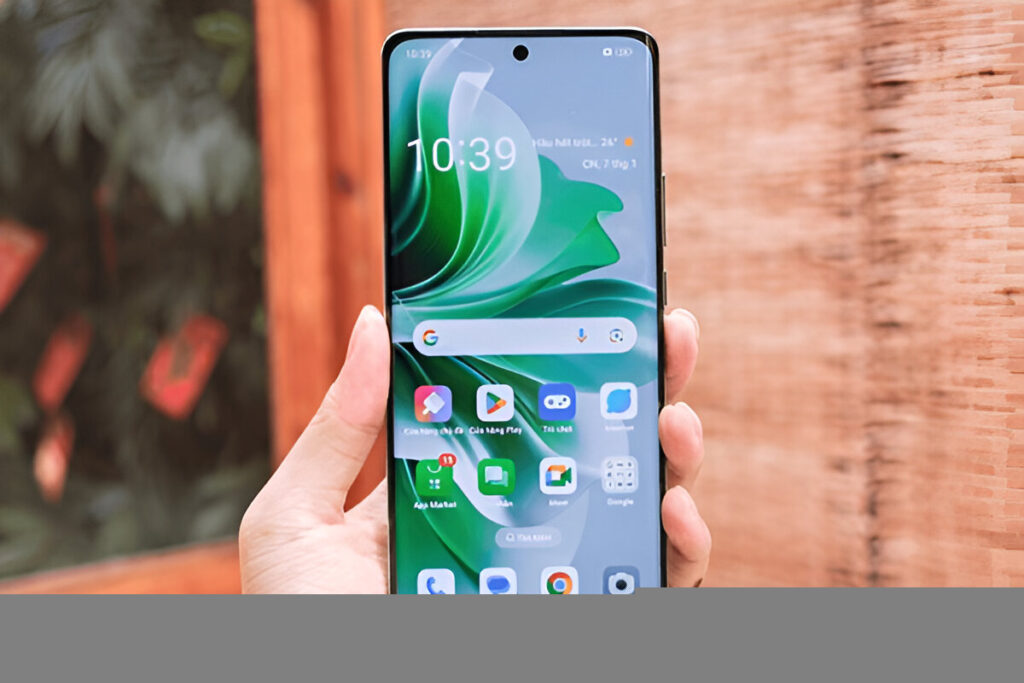As strong as your Android phone may be, it might still not function and run well every time. The case often is that the phone configuration, rather than the hardware, is the root cause of the issue. Here are some settings that will allow you to enjoy a faster and smoother user experience if you adjust.
1. Adaptive Battery
The platform’s Adaptive Battery function is multifaceted. It helps manage your app usage, conserve battery life, and restrict the activity of background apps that you rarely use. Even if it conserves your phone’s power, the feature can disrupt the launching of apps and the arrival of notifications.
If your phone has a large battery and rapid charging, it may be better to disable the Adaptive Battery feature from powering up.
- Go to: Settings > Battery > Adaptive preferences > Turn off Adaptive Battery.
- On Samsung devices: Settings > Battery > Background usage limits > Tap the three dots > Adaptive Battery > Turn off.
2. RAM Plus or RAM Boost
Even 8GB of RAM on your phone can slow down due to the presence of RAM Plus (or RAM Boost) storage, as the fastest one, in the first position, among managed apps or those that use the most significant amount of memory, gets access to the requested memory first.
It follows, therefore, that the speed of the virtual RAM is not the only factor that may determine how fast the phone runs; the type of phone, number, usage of the phone, and so forth, also choose this. Nowadays, the concept of fast and slow RAM is hardly applicable, especially for my phone, which is rated best in ROI.
To turn it off:
- On Samsung: Settings > Battery & Device care > Memory > RAM Plus > Disable.
- On other Android phones: Search for “RAM Plus” or “RAM Boost” in Settings and turn it off.
3. Change Processor Speed
Most Android smartphones, especially those from Samsung, are equipped with processors that can be customised to the user’s liking. It has several different settings like Performance Mode, Optimised Mode, and Power Saving Mode.
Some users believe that increasing the processing speed by adjusting the frequency is one possibility that could improve their phone’s performance.
- To change: Settings > Device care > Processing speed > Choose High or Maximum.
4. Background App Activity

While the apps are running, they can consume a lot of resources. However, some are important for messaging services, while the rest are using the phone’s CPU and memory unnecessarily.
- Check and limit apps: Go to Settings > Battery usage and restrict background activity for apps you rarely use.
5. Auto-Sync for Accounts
Auto-sync ensures your contacts, emails, and data are updated across devices. However, syncing multiple accounts constantly can slow down your phone.
- Handle sync: Settings > Accounts and Backup> Manage Accounts> Review and disable sync for non-essential accounts.
6. 1x Animation Scale
Animations make Android visually appealing, but can slow down older phones. Reducing or disabling them can dramatically speed up your device.
- 1. Enable Developer Options: Settings > About phone > Software information > Tap Build number 7 times.
- 2. Modify the Animation settings: Settings > Developer options > Set Window animation scale, Transition animation scale, and Animator duration scale to 0.5x or turn them off completely.
7. Background Processes Limit
It’s time to proceed. This won’t be hard if you have some experts’ help.
- Limit processes: Settings > Developer options > Background process limit > Set to 1, 2, 3, or 4 processes.

